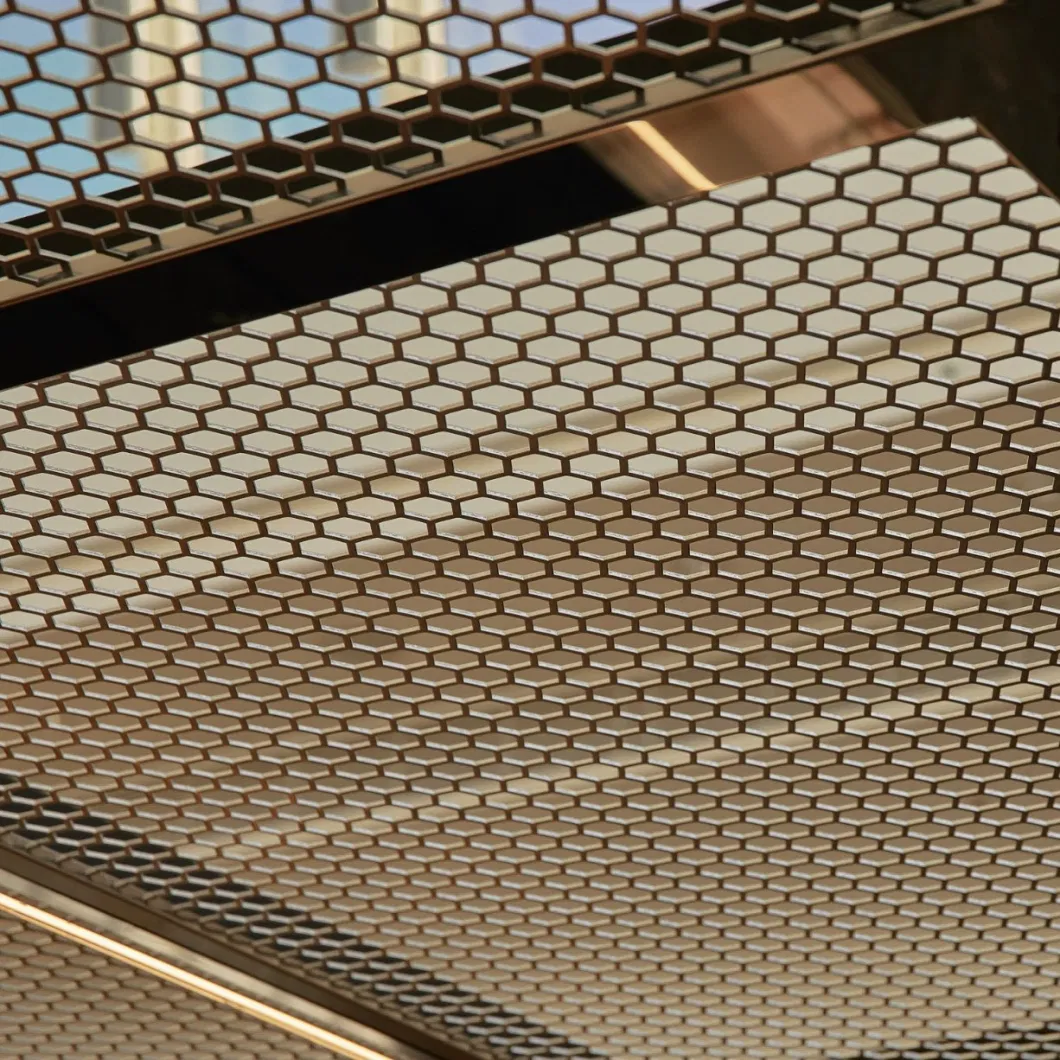Understanding Mezzanine Grating A Structural and Aesthetic Element in Modern Architecture
Mezzanine grating is an essential design feature utilized in various structures, particularly in industrial and commercial buildings. It refers to a type of flooring system that is often employed to create intermediate levels or platforms within a larger structure. The mezzanine not only maximizes vertical space but also enhances both functionality and aesthetics. In this article, we will explore the various aspects of mezzanine grating, including its applications, advantages, and considerations for implementation.
What is Mezzanine Grating?
Mezzanine grating consists of a series of interlocking panels designed to create a durable and efficient flooring system. Typically made from materials such as steel, aluminum, or fiberglass, these gratings provide an open, often perforated surface that allows for air and light to flow freely. This feature is particularly valuable in settings where ventilation and visibility are crucial, such as warehouses, factories, and retail environments.
Applications of Mezzanine Grating
1. Industrial Settings In factories, mezzanine grating is frequently used to create additional storage space or work areas without the need for extensive construction. This makes it an ideal solution for optimizing warehouse functionality. The open design of the grating allows for the movement of forklifts and other equipment underneath, facilitating operational efficiency.
2. Commercial Spaces In retail environments, mezzanine levels can be employed to showcase merchandise while also providing customers with an elevated shopping experience. The visibility from a mezzanine can enhance customer engagement, making the shopping environment more dynamic and inviting.
3. Exhibition and Event Venues Mezzanine grating is often incorporated in exhibition halls or event spaces to create viewing platforms or VIP areas. The elevated design allows for a better sightline and experience during events, contributing to a more enjoyable atmosphere.
4. Residential Design While less common, mezzanine levels can also be found in residential settings, particularly in loft-style apartments. In these cases, mezzanine grating can be used to create open living spaces or bedrooms, maximizing the use of vertical space in smaller urban environments.
Advantages of Mezzanine Grating
mezzanine grating

1. Space Optimization One of the primary benefits of mezzanine grating is its ability to maximize the use of vertical space. By adding additional levels, buildings can effectively double their usable floor space without the need for significant structural changes.
2. Cost-Effective Solution Constructing a new building or extending an existing one can be prohibitively expensive. Mezzanine grating offers a more economical way to expand a facility's footprint and increase capacity without major construction costs.
3. Light and Airflow The open design of mezzanine grating ensures proper ventilation and natural lighting, promoting a healthier working environment. This is especially beneficial in industrial settings where air quality is essential.
4. Flexibility Mezzanines can be easily modified or removed, making them a flexible option for businesses that undergo frequent changes in layout or functionality. This adaptability is advantageous in dynamic commercial environments.
Considerations for Implementation
When considering the installation of mezzanine grating, various factors must be taken into account. Structural integrity is paramount; the building must be capable of supporting the additional weight of the mezzanine and the activities that will take place on it. Compliance with local building codes and regulations is also crucial to ensure safety and legality.
Furthermore, materials should be selected based on the specific needs of the environment. For instance, industrial settings may benefit from sturdy steel grating, while aesthetically-driven commercial spaces might opt for aluminum or decorative materials that enhance the visual appeal.
Conclusion
Mezzanine grating serves as a versatile and practical feature in modern architecture, providing numerous benefits across various sectors. From increasing usable space to improving light and air circulation, its applications are vast and varied. As urban environments continue to evolve and the demand for efficient space utilization grows, mezzanine grating stands out as a valuable solution in the architectural toolkit. Embracing this innovative design can lead to enhanced functionality and aesthetic value in any building.
-
Trusted Expanded Metal Mesh For All Projects
NewsMay.08,2025
-
Stainless Steel Expanded Metal for Versatile Uses
NewsMay.08,2025
-
Reliable Steel Grating Choices
NewsMay.08,2025
-
Perforated Sheet Metal for Every Need
NewsMay.08,2025
-
Heavy Duty Expanded Metal Mesh for Robust Solutions
NewsMay.08,2025
-
Expanded Aluminum Metal for Versatile Applications
NewsMay.08,2025
Subscribe now!
Stay up to date with the latest on Fry Steeland industry news.

